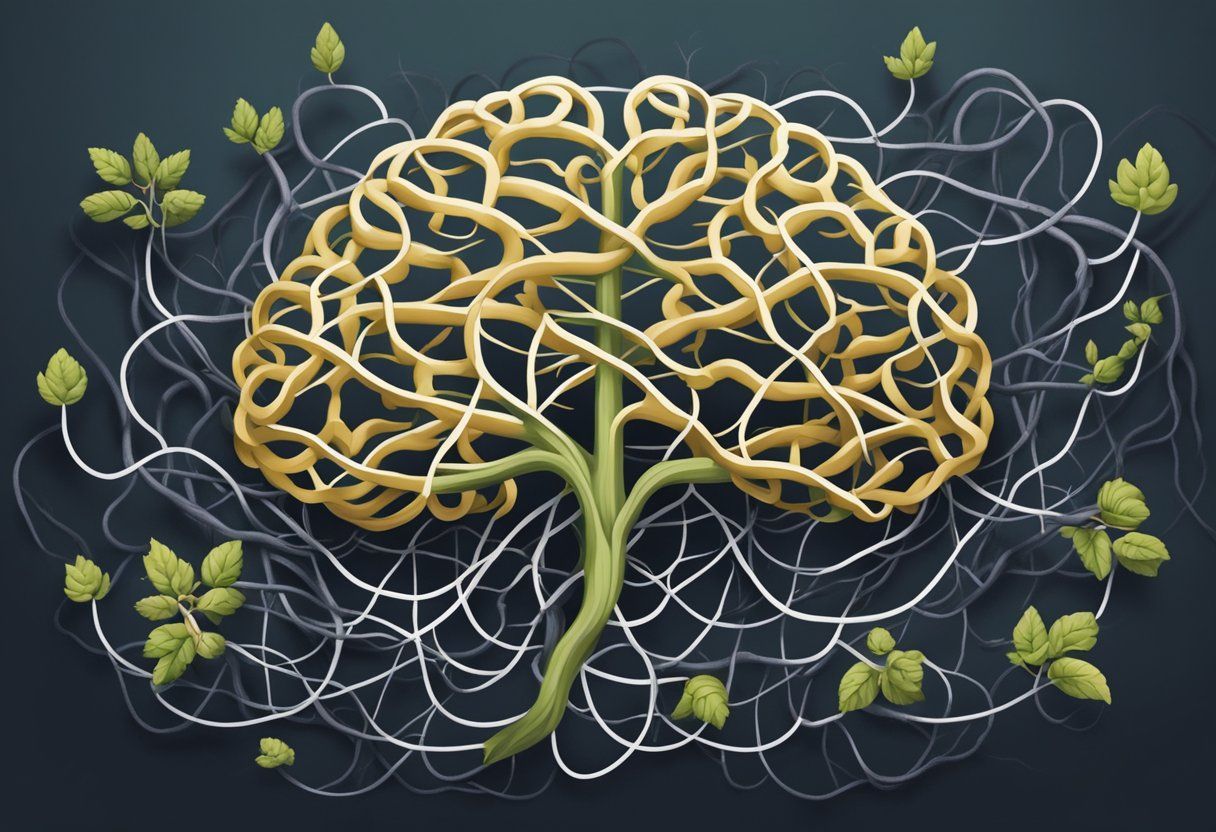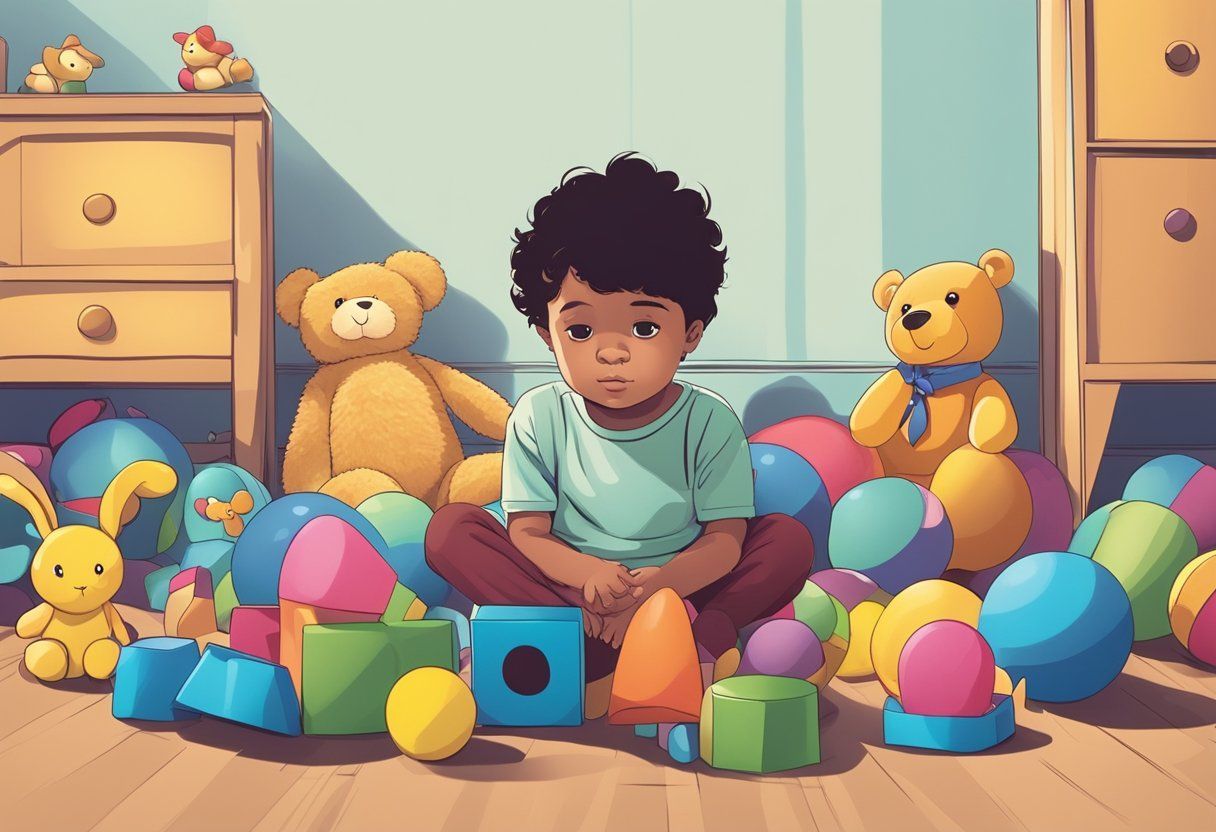BLOG
Categories
¿Hay alguna diferencia entre consecuencias y castigo?
¿Hay alguna diferencia entre una consecuencia y un castigo? No. Permítanme explicarlo.
Las consecuencias, tal como las conocemos, son un castigo lógico por el comportamiento utilizado para enseñar al niño a pensar la próxima vez antes de actuar. Esencialmente no es diferente de cualquier otra forma de castigo. Estos se enmarcan como consecuencias naturales y lógicas. El problema con una consecuencia natural es que no puedes darle una a alguien, por lo que es natural. Es una reacción natural a un comportamiento… Si comes en exceso consistentemente engordarás. Si haces ejercicio demasiado duro te dolerá. Si ves Netflix todo el día cuando hayas terminado, te sentirás con resaca. Estas son consecuencias totalmente naturales. Una persona no puede darte una consecuencia natural. No pueden decir nada y permitirte experimentar la consecuencia natural, pero en realidad no pueden crearla.
Las consecuencias lógicas implican que estás siendo considerado acerca de la consecuencia y asegurándote de que sea racional y lógica para el comportamiento. Si un niño no come su cena, no obtiene postre. Si un niño va a la escuela y se mete en problemas, entonces no puede divertirse en casa. Si un niño no puede sentarse a la mesa y comer lo que todos los demás están comiendo sin quejarse, entonces se le da avena para cada comida hasta que pueda aprender a ser agradecido. El problema con las consecuencias lógicas es que no surgen de un estado mental lógico. El mal comportamiento ha estresado a los padres hasta el punto de que necesitan recuperar el control. El uso de consecuencias lógicas para el mal comportamiento es un mecanismo de control utilizado para ayudar a los padres a sentirse seguros bajo los auspicios de una buena crianza y la enseñanza de cómo comportarse. La falla en el pensamiento es que “pensamos” que estamos siendo lógicos cuando en realidad una persona que teme el comportamiento de su hijo está en esencia estresada y, en palabras del neurocientífico Joseph LeDoux, “el estrés causa un pensamiento confuso y distorsionado y suprime la memoria a corto plazo”. Por lo tanto, seguimos tratando de darles a los niños consecuencias para enseñarles lecciones sin darse cuenta de que # 1 están estresados, por lo tanto, su pensamiento está confundido y distorsionado y su memoria a corto plazo se suprime, lo que significa que no pueden aprender ni recordar la lección # 2 Estamos estresados como los padres y nuestro pensamiento está confundido y distorsionado y nuestra memoria a corto plazo se suprime, por lo tanto, seguimos tratando de enseñar una lección que no se está aprendiendo. Y nosotros mismos no podemos recordar, así que estamos esencialmente atrapados en el Día de la Marmota.
Esto me lleva a mi último par de puntos: cuando los niños están estresados, su pensamiento se vuelve confuso y distorsionado y su memoria a corto plazo se suprime, y aquí es donde proviene el comportamiento negativo. En el momento de estrés no solo no están pensando en la posible consecuencia de sus acciones, ¡sino que ni siquiera pueden recordar la consecuencia que ocurrió la última vez! Solo nuestro narcisismo parental nos lleva a creer que somos tan importantes en la vida de nuestro hijo que en un momento de supervivencia percibida impulsada por el estrés, nuestras consecuencias amenazadas tendrían prioridad. Los niños no aprenden de las consecuencias. ¡Aprenden del modelado repetitivo, el apoyo, la enseñanza, la orientación y el fracaso!
Finalmente, se nos ha hecho creer que al dar consecuencias a los niños de hecho les estamos enseñando responsabilidad. Este es otro mito de crianza perpetuado por el control y el miedo. Como se dijo anteriormente, uno de los principales mecanismos para que los niños aprendan es a través del modelado. A lo largo de los años, el porcentaje se ha estimado entre el 80-90% del aprendizaje que se produce a través del modelado. Cuando le damos a un niño una consecuencia, es una reacción a una acción. Lo que significa que requiere algún tipo de mal comportamiento antes de dar una consecuencia. Esto implica reactividad, no responsabilidad. Por lo tanto, en realidad no estamos enseñando responsabilidad a los niños dándoles consecuencias, ¡sino que les estamos enseñando reactividad! Lo cual es a menudo lo mismo por lo que los estamos castigando, ya que la mayoría del mal comportamiento es impulsado impulsivamente y suele ser una reacción al estrés. Si deseamos enseñar responsabilidad a los niños, debemos estar dispuestos a asumir la responsabilidad para que nos convirtamos en maestros sobre cómo ser responsables.
Bryan Post, un niño adoptivo y ex adoptivo, es uno de los principales expertos en comportamiento infantil y adopción de Estados Unidos y fundador de www.PostInstitute.com Los principios y conceptos basados en el amor y centrados en la familia ofrecidos por Bryan se han enseñado a más de un millón de padres y profesionales de todo el mundo. Puede recibir una copia gratuita de su libro de crianza adoptiva más vendido From Fear to Love yendo a https:///www.feartolovebook.com Actualmente, Bryan se desempeña como Director Clínico de Parents in Training, una organización sin fines de lucro 501 (c) 3, que brinda servicios integrales a familias adoptivas en todo el norte de California. Para obtener más información, visite www.theleafcompany.com
RECENT POSTS



Bringing and keeping families together!





